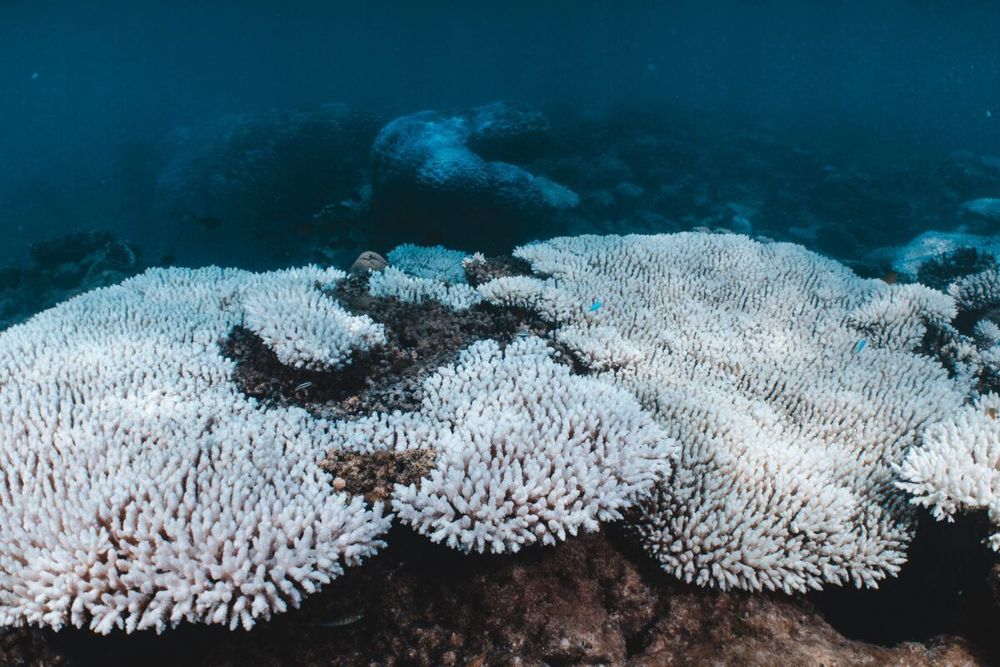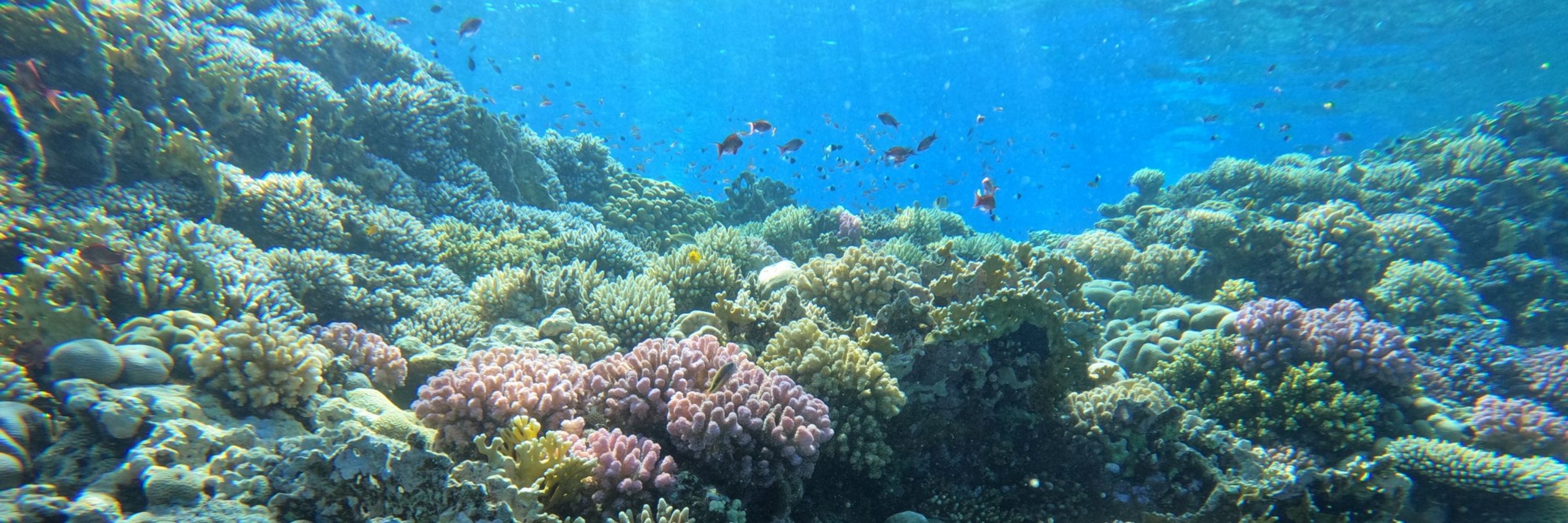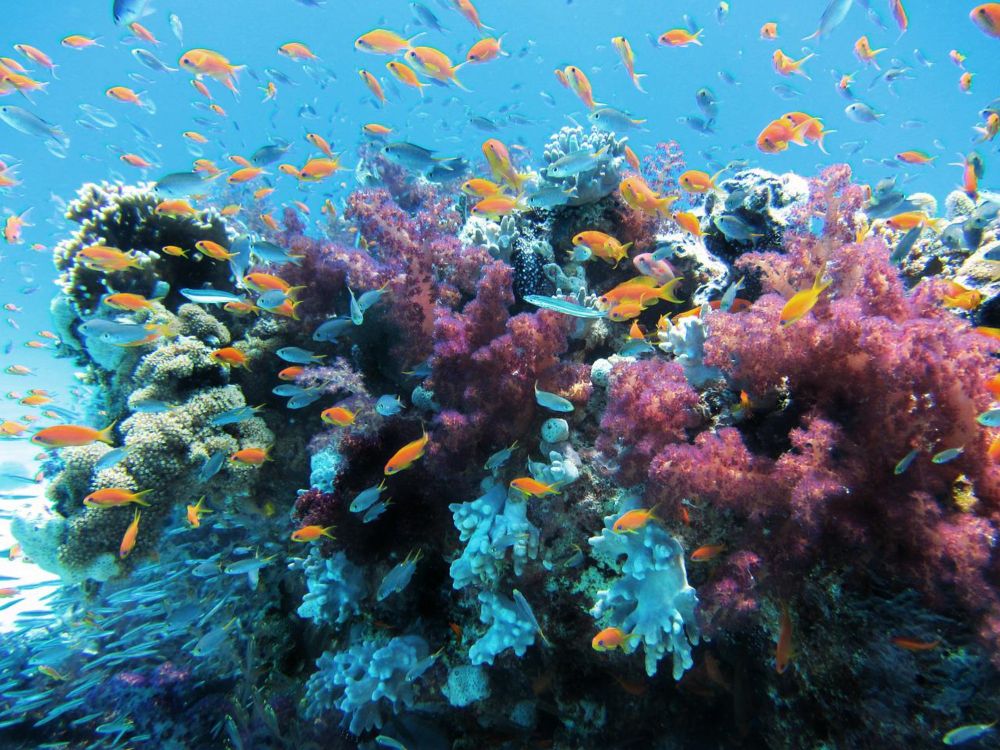Wally Rich
@reefwally.bsky.social
600 followers
550 following
35 posts
Wisconsinite 🧀 in Saudi Arabia 🇸🇦
Postdoc at KAUST studying coral reefs of the Red Sea
Posts
Media
Videos
Starter Packs
Reposted by Wally Rich
Reposted by Wally Rich
Reposted by Wally Rich
Reposted by Wally Rich
Mongabay
@mongabay.com
· Apr 24

Ongoing global coral bleaching event affects 84% of world’s reefs
Coral reefs around the world have been subjected to unprecedented heat stress since early 2023. A new report finds heat-related coral bleaching has damaged corals in more than 80 countries, making it…
news.mongabay.com
Reposted by Wally Rich
Wally Rich
@reefwally.bsky.social
· Dec 28

Widespread inconsistency in logger deployment methods in coral reef studies may bias perceptions of thermal regimes
Ocean warming is the greatest threat to coral reefs, prompting a need to accurately monitor in situ temperatures. Advancements in sensing technologies have led to a proliferation of temperature logger...
journals.plos.org
Reposted by Wally Rich
Daniel Swain
@weatherwest.bsky.social
· Feb 28
Wally Rich
@reefwally.bsky.social
· Jan 31
PLOS Climate
@plosclimate.org
· Jan 30

Behind the paper: investigating potential biases in coral reef temperature data - Latitude
We speak to Wally Rich and colleagues about their recent PLOS Climate publication, “Widespread inconsistency in logger deployment methods in coral reef…
latitude.plos.org
Reposted by Wally Rich
PLOS Climate
@plosclimate.org
· Jan 30

Behind the paper: investigating potential biases in coral reef temperature data - Latitude
We speak to Wally Rich and colleagues about their recent PLOS Climate publication, “Widespread inconsistency in logger deployment methods in coral reef…
latitude.plos.org
Wally Rich
@reefwally.bsky.social
· Jan 20
Wally Rich
@reefwally.bsky.social
· Jan 20
Wally Rich
@reefwally.bsky.social
· Jan 20
Wally Rich
@reefwally.bsky.social
· Dec 28
Wally Rich
@reefwally.bsky.social
· Dec 28
Wally Rich
@reefwally.bsky.social
· Dec 28













